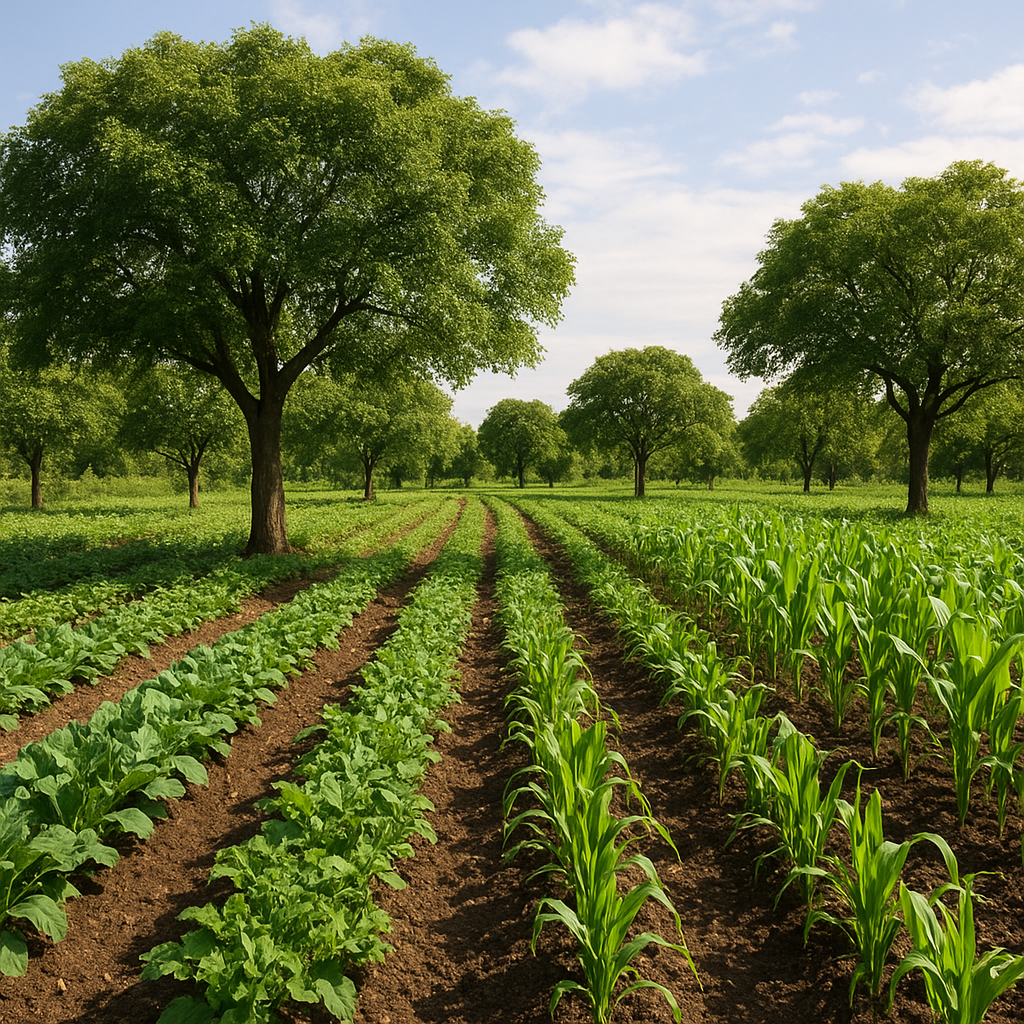Starting a small-scale organic farm can be a rewarding venture that not only contributes to sustainable agriculture but also provides fresh produce for local communities. This article will guide you through the essential steps to establish your organic farm, from planning and preparation to cultivation and marketing. By focusing on organic practices, you can create a thriving business that respects the environment and promotes healthy living.
Planning Your Organic Farm
The first step in starting a small-scale organic farm is thorough planning. This involves understanding your goals, assessing your resources, and developing a comprehensive business plan.
Defining Your Goals
Before diving into the practical aspects of farming, it is crucial to define your goals. Consider the following questions:
- What type of crops do you want to grow?
- Do you plan to raise livestock, and if so, which animals?
- What is your target market? Will you sell directly to consumers, at farmers’ markets, or through local grocery stores?
- What are your long-term aspirations for the farm? Are you looking to expand or diversify in the future?
Having clear goals will help you make informed decisions throughout the farming process and keep you focused on your vision.
Assessing Resources
Next, evaluate the resources you have available. This includes:
- Land: How much land do you have access to, and what is its condition? Consider soil quality, drainage, and sunlight exposure.
- Financial resources: Determine your budget for starting the farm, including costs for seeds, equipment, and any necessary infrastructure.
- Time: Assess how much time you can dedicate to the farm on a daily and weekly basis.
- Knowledge and skills: Consider your experience in farming and whether you need to acquire additional skills or knowledge.
Understanding your resources will help you create a realistic plan that aligns with your capabilities.
Creating a Business Plan
A well-structured business plan is essential for any farming venture. It should include:
- A description of your farm, including its location and size.
- A market analysis that identifies your target customers and competitors.
- A marketing strategy outlining how you will promote and sell your products.
- A financial plan detailing your startup costs, projected income, and funding sources.
- A timeline for implementing your farming activities.
Your business plan will serve as a roadmap for your organic farm and can be useful if you seek funding or partnerships.
Establishing Your Organic Farm
Selecting the Right Location
The location of your farm plays a significant role in its success. Consider the following factors when selecting a site:
- Accessibility: Ensure that your farm is easily accessible for transportation of goods and supplies.
- Climate: Research the climate in your area to determine which crops will thrive.
- Water supply: Access to a reliable water source is crucial for irrigation and livestock.
- Proximity to markets: Being close to your target market can reduce transportation costs and increase freshness.
Once you have identified a suitable location, you can begin preparing the land for cultivation.
Preparing the Land
Land preparation is a critical step in establishing your organic farm. This includes:
- Soil testing: Conduct a soil test to determine its nutrient content and pH level. This information will guide your soil amendment choices.
- Amending the soil: Based on the soil test results, you may need to add organic matter, such as compost or manure, to improve soil fertility.
- Tilling: Prepare the soil by tilling it to create a suitable seedbed for planting.
- Weed management: Implement strategies to control weeds, such as mulching or using cover crops.
Proper land preparation sets the foundation for healthy crops and a successful harvest.
Choosing Crops and Livestock
When selecting crops and livestock for your organic farm, consider the following:
- Market demand: Choose crops that are in high demand in your local market.
- Growing conditions: Select crops that are well-suited to your climate and soil type.
- Diversity: Incorporate a variety of crops to reduce risk and improve soil health.
- Organic certification: Familiarize yourself with the requirements for organic certification if you plan to market your products as organic.
By carefully selecting your crops and livestock, you can create a sustainable and profitable farming operation.
Implementing Organic Practices
To maintain the integrity of your organic farm, it is essential to implement organic farming practices. These practices focus on sustainability, biodiversity, and soil health.
Soil Health Management
Healthy soil is the foundation of organic farming. To promote soil health, consider the following practices:
- Crop rotation: Rotate crops each season to prevent soil depletion and reduce pest and disease pressure.
- Cover cropping: Plant cover crops during the off-season to improve soil structure and prevent erosion.
- Composting: Create compost from organic waste to enrich the soil with nutrients.
- Minimal tillage: Reduce tillage to preserve soil structure and protect beneficial organisms.
By prioritizing soil health, you can enhance the productivity and sustainability of your farm.
Pest and Disease Management
Managing pests and diseases organically requires a proactive approach. Consider the following strategies:
- Integrated Pest Management (IPM): Use a combination of biological, cultural, and mechanical controls to manage pests.
- Beneficial insects: Introduce beneficial insects, such as ladybugs and lacewings, to control pest populations naturally.
- Natural repellents: Utilize natural substances, such as neem oil or garlic spray, to deter pests.
- Regular monitoring: Keep a close eye on your crops for signs of pests or diseases and take action promptly.
Implementing these practices will help you maintain a healthy and productive organic farm.
Marketing Your Organic Produce
Once you have established your organic farm and harvested your crops, the next step is to market your produce effectively. Building a strong brand and connecting with your target audience is essential for success.
Identifying Your Target Market
Understanding your target market is crucial for effective marketing. Consider the following:
- Demographics: Identify the age, income level, and preferences of your potential customers.
- Buying habits: Research where your target market typically shops for produce and what influences their purchasing decisions.
- Local trends: Stay informed about local food trends and preferences to tailor your offerings accordingly.
By knowing your target market, you can create marketing strategies that resonate with your audience.
Building a Brand
Creating a strong brand identity will help you stand out in the market. Consider the following elements:
- Brand name: Choose a memorable and meaningful name that reflects your farm’s values.
- Logo and packaging: Design a professional logo and packaging that communicates your brand message.
- Storytelling: Share your farm’s story, including your commitment to organic practices and sustainability, to connect with customers on a personal level.
A strong brand will help you build trust and loyalty among your customers.
Marketing Strategies
Implement various marketing strategies to promote your organic produce:
- Farmers’ markets: Participate in local farmers’ markets to connect directly with consumers and showcase your products.
- Social media: Utilize social media platforms to share updates, recipes, and behind-the-scenes content from your farm.
- Community-supported agriculture (CSA): Consider starting a CSA program where customers can subscribe to receive regular deliveries of fresh produce.
- Local partnerships: Collaborate with local restaurants, grocery stores, and food co-ops to expand your reach.
By employing a mix of marketing strategies, you can effectively promote your organic farm and attract customers.
Conclusion
Starting a small-scale organic farm requires careful planning, dedication, and a commitment to sustainable practices. By following the steps outlined in this article, you can establish a successful organic farming operation that not only provides fresh produce but also contributes to the health of your community and the environment. Embrace the journey of organic farming, and enjoy the rewards of nurturing the land and growing healthy food.




